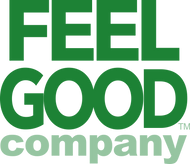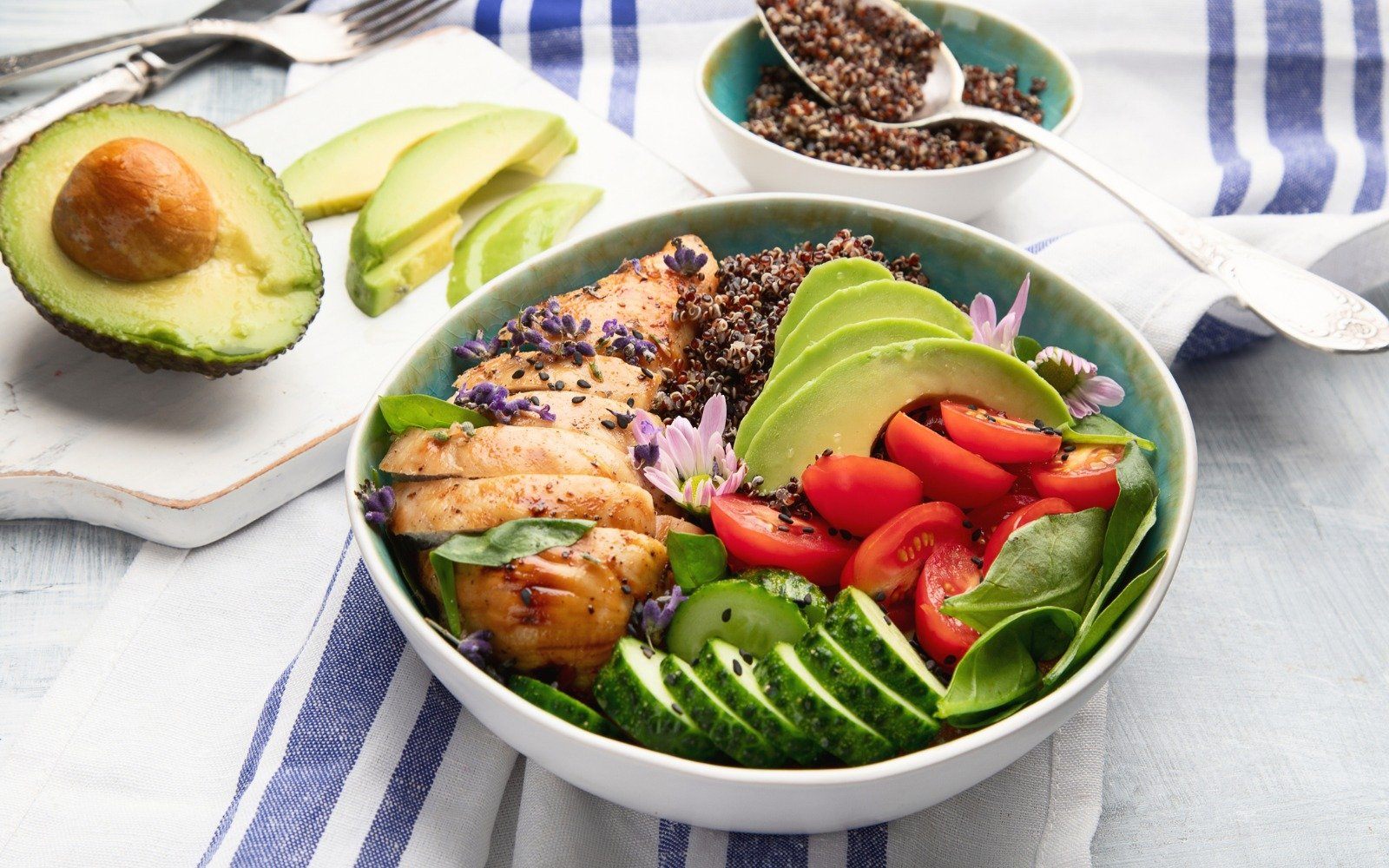Protein, made up of carbon, hydrogen, oxygen and nitrogen, is an essential component to each living cell in the human body. Protein serves as the compound necessary for cell structure repair and growth in many of the body’s tissues, such as muscle, and plays a key role in metabolism. Protein is also responsible for the formation of enzymes, antibodies, hormones, blood-clotting factors, and blood-transporting proteins. When protein is ingested, it is broken down in the stomach and small intestine by hydrochloric acid and pepsin into smaller compounds called amino acids.
Building blocks of protein: Amino acids
Amino acids are the building blocks needed to make up a protein. There are 20 amino acids in all, and in different combinations, they form different types of protein structures. Eleven of these amino acids can be made by the body, and are therefore considered nonessential. The other nine amino acids cannot be produced by the body, and therefore, we must get them from our diets. These are called essential amino acids.
Sources of Protein: complete and incomplete
Protein sources are divided into two groups: complete proteins and incomplete proteins. Complete proteins contain all of the essential amino acids that the body requires. Complete proteins are found in meats, poultry, fish, eggs and dairy foods. Incomplete proteins exist in some plant foods, such as legumes, nuts and seeds, grains, peas, nut butters, soy products and some vegetables. These foods contain some of the amino acids essential to the human body, but not all of them. By strategically combining two of these protein sources together, a complete protein can be created.
How much protein is recommended?
The recommended daily allowance of protein for men and women over age 19 is 56 g and 46g, respectively. The average American adult gets 15% of their calories from protein, which equates to 75 grams of protein for every 2,000 calories. Over the past few years, high protein diets have become popular for weight management.
Vegans: Combining amino acids to form a complete protein
Those who do not consume animal products must be educated on which incomplete proteins to combine in order to form a complete protein. For example, when combined, beans and rice form a complete protein. Complementary proteins do not necessarily have to be consumed in the same meal, as long as they are consumed in the same day.
What happens when your body is not getting enough?
In the United States, most people consume an adequate amount of protein. However, it is possible for people who suffer from malnourishment to also endure the consequences of not eating enough protein. In a state of protein deficiency, the body isn’t replacing the tissues that are breaking down quickly enough. This can put stress on the immune system and may lead to anemia.

